
13 Nov How the Navigator uses the Sextant
This #TallShipTuesday our Ship’s Boy, Tommy Carter taught us about the role of the Master, or Navigator. One piece of equipment that navigators would traditionally use was the sextant. This device is still used today in celestial navigation. It allows a person to read the angle of a celestial body in relation to your position. This allows you to find your latitudinal position.
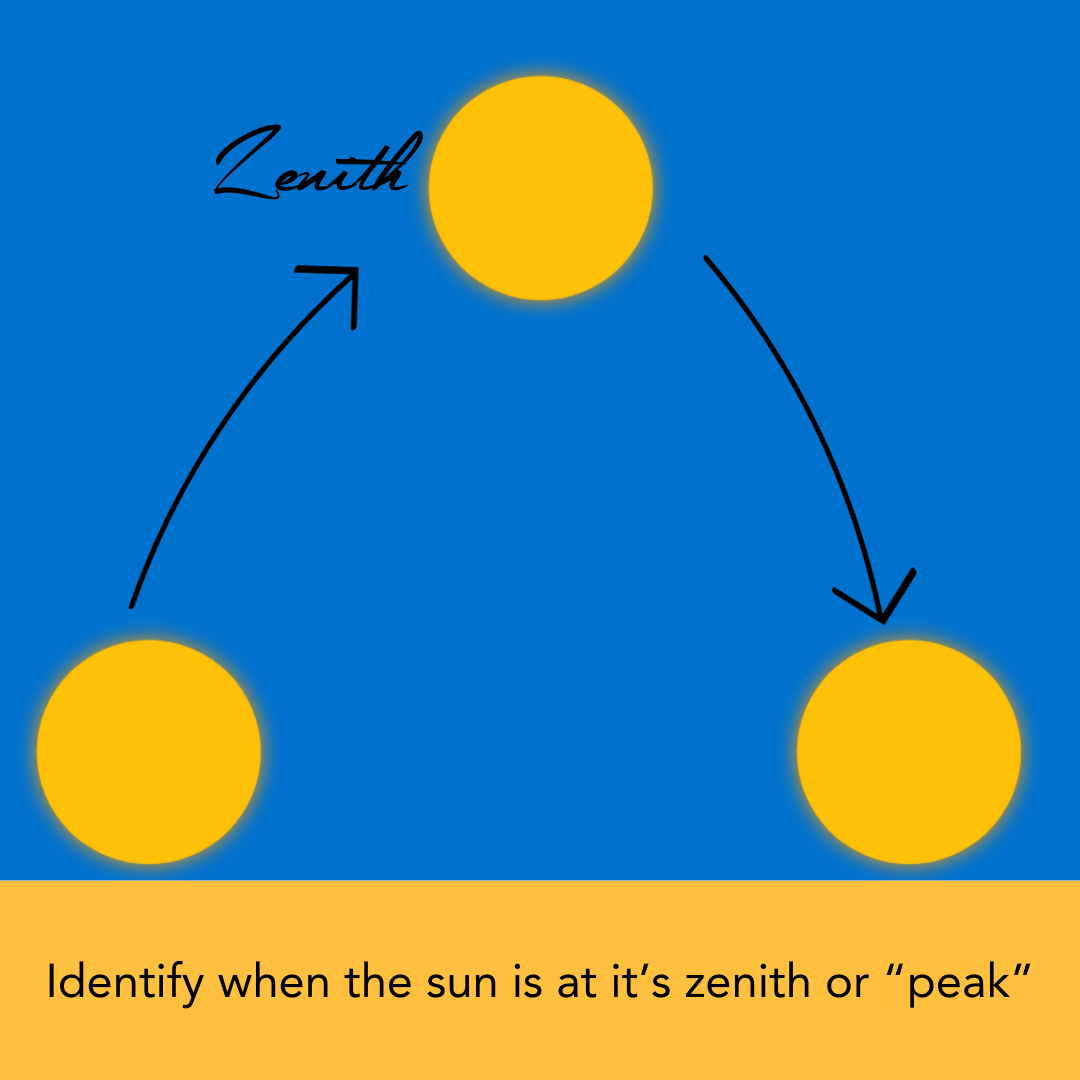
When using a sextant, the first thing you must do is identify when the sun is at its peak, also known as the zenith. This is not necessarily at 12:00. If you don’t know this, measure every 15 minutes and find when the sun had the greatest angle.
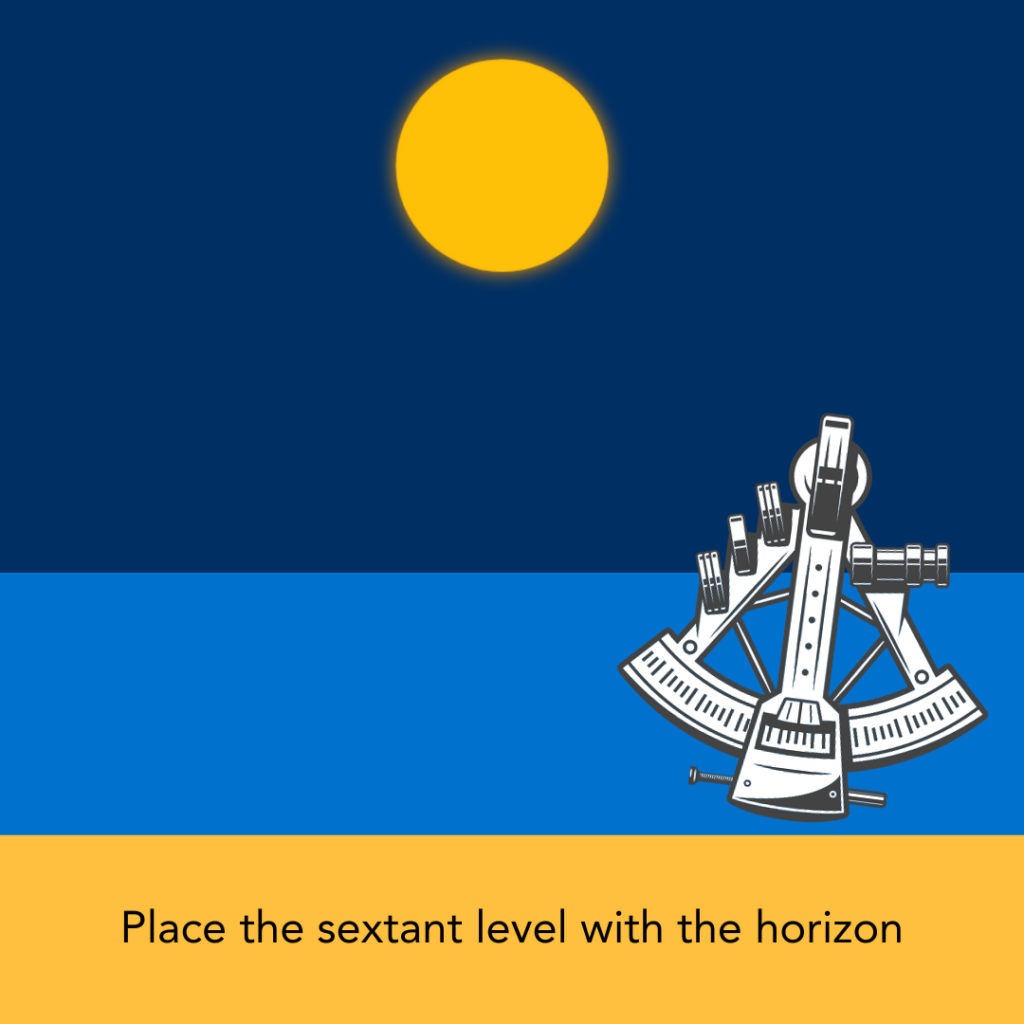
Place the sextant level with the horizon. You should be able to view the horizon on the left side of the lens. The other side is for the reflection of the sun. Don’t worry, there are shades to protect your eyes.
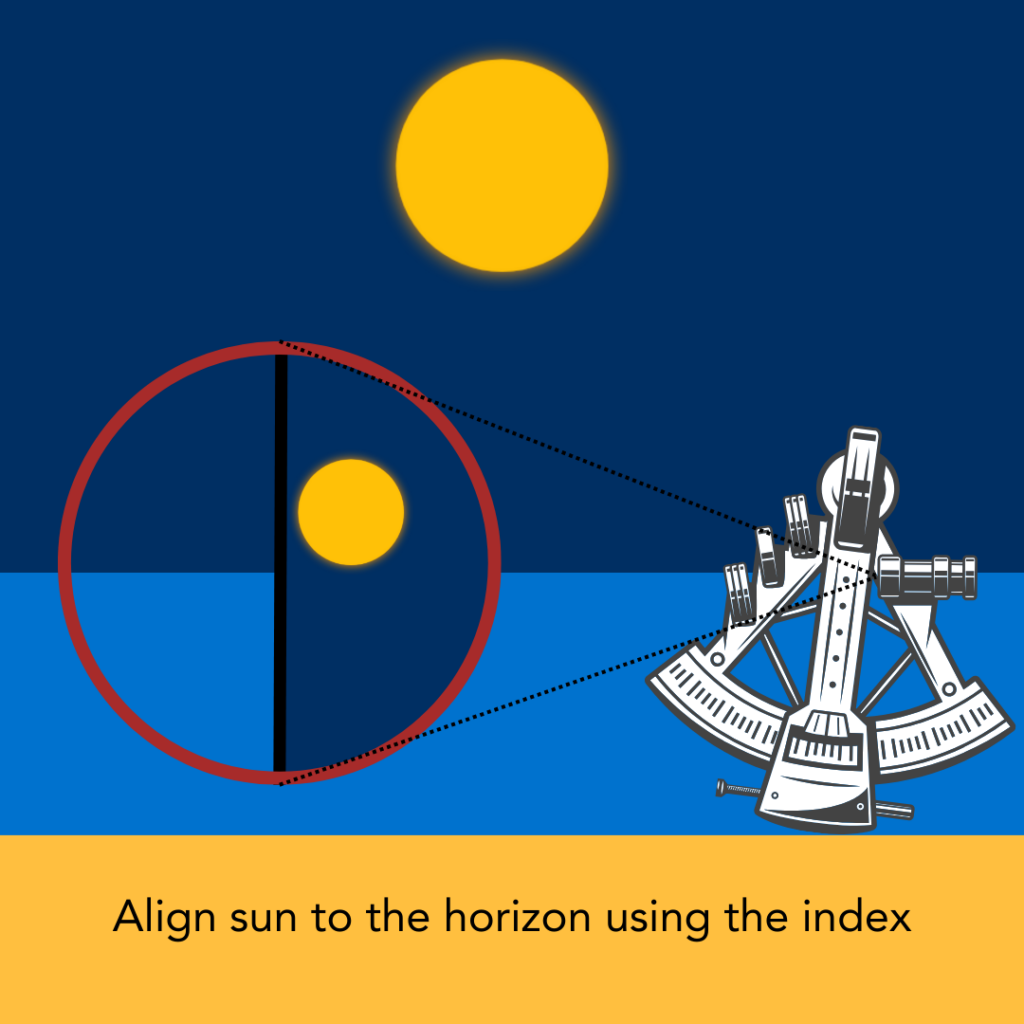
Pull the index until on the mirrored side of the lens shows the sun level with the horizon. Swing the sextant to ensure the point the sun touches is correct, bouncing the sun slightly.
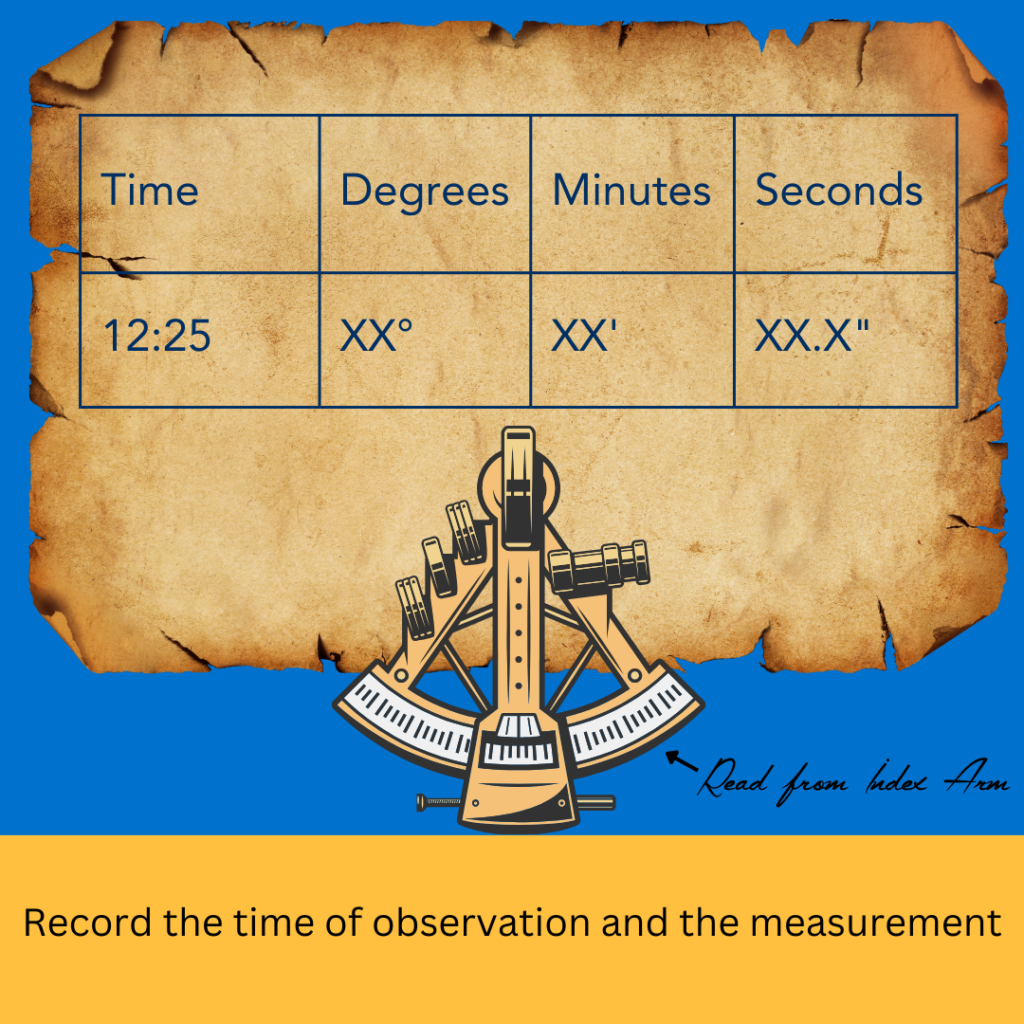
Read the angle on the bottom of the device. in degrees, seconds and minutes. XX° XX’ XX.X” and record the time of the observation using Greenwich Mean Time or Universal Time.
Once that is done, you can go through and perform some trigonometry to find the angle. When performing these calculations it can be important to factor in errors. This could be the height of the eye, instrument error, index error, or any other possible errors that could affect the final result. All you are doing is making a big triangle between you, the sun, and the earth’s center. This whole process can be done with other celestial bodies, such as the North Star, Polaris.





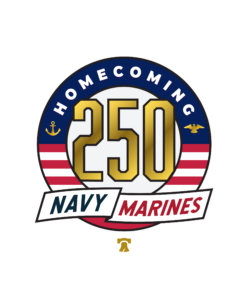
Sorry, the comment form is closed at this time.